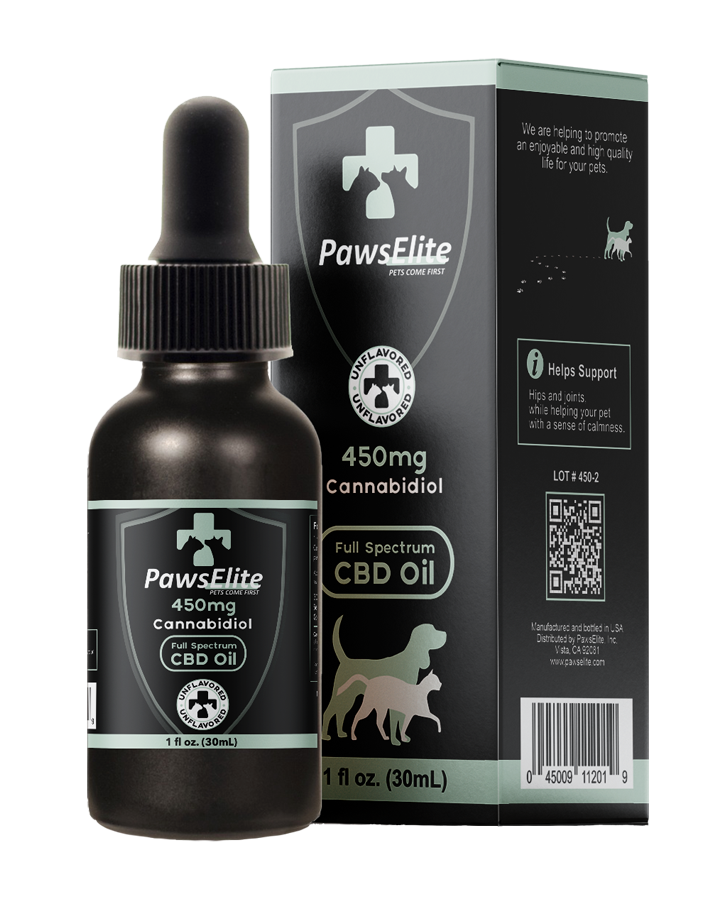
Tick Alert: What Every Dog Owner Should Know About Rocky Mountain Spotted Fever
Share
Hey there, pet parents! Today, we're diving into an important topic that affects our beloved canine companions: Rocky Mountain Spotted Fever (RMSF). As responsible dog owners, it's essential to be aware of this tick-borne illness and take proactive measures to protect our furry friends. So, grab a cup of coffee and join us as we explore the ins and outs of RMSF and learn how to keep our dogs safe and healthy.
Rocky Mountain Spotted Fever in the United States: Hotspots and Risks
Rocky Mountain Spotted Fever (RMSF) is commonly associated with regions of the United States where the ticks that transmit the disease are prevalent. While the name suggests a connection to the Rocky Mountain region, RMSF can actually occur in various parts of the country. Some areas where RMSF is more frequently reported include:
-
Southeastern United States: States such as North Carolina, South Carolina, Georgia, Tennessee, Alabama, Mississippi, and Arkansas have seen higher incidence rates of RMSF.
-
Mid-Atlantic Region: States like Virginia, Maryland, Delaware, and Pennsylvania have reported cases of RMSF.
-
Southwestern United States: Areas in Arizona, New Mexico, and Texas have also experienced cases of RMSF.
It's important to note that these locations are not exclusive, and RMSF can occur in other states as well. Ticks carrying the bacteria Rickettsia rickettsii can be found in various environments, including wooded areas, grasslands, and even urban settings. Therefore, regardless of your geographical location, it's crucial to be aware of the risks and take preventive measures to protect your dog from tick bites and the potential transmission of RMSF.
How Is Rocky Mountain Spotted Fever Diagnosed in Dogs?
Diagnosing Rocky Mountain Spotted Fever (RMSF) in dogs typically involves a combination of clinical evaluation, medical history, and laboratory tests. Veterinarians use various methods to assess the presence of RMSF and confirm the diagnosis. Here's an overview of the diagnostic process:
-
Physical Examination: The veterinarian will conduct a thorough physical examination of your dog, checking for any specific symptoms associated with RMSF, such as fever, joint pain, or swollen lymph nodes. They will also ask about your dog's medical history and recent exposure to ticks.
-
Blood Tests: Blood tests are crucial in diagnosing RMSF. The veterinarian may perform a complete blood count (CBC) to evaluate the overall health of your dog and assess specific blood parameters that can indicate infection or inflammation. They may also conduct serological tests to detect antibodies against the bacteria that cause RMSF. These tests may include indirect fluorescent antibody (IFA) tests or enzyme-linked immunosorbent assays (ELISAs).
-
Polymerase Chain Reaction (PCR) Test: In some cases, the veterinarian may use PCR testing to detect the presence of the bacteria Rickettsia rickettsii directly. PCR tests can provide rapid and accurate results by amplifying specific DNA sequences of the bacteria.
-
Additional Tests: Depending on the clinical presentation and severity of symptoms, the veterinarian may recommend additional tests, such as radiographs (X-rays) or ultrasound, to evaluate the involvement of organs or rule out other potential causes of the symptoms.
It's important to remember that early diagnosis is crucial for effective treatment of RMSF. If you suspect your dog may have been exposed to ticks and is displaying symptoms associated with RMSF, it's essential to seek veterinary care promptly. The veterinarian will guide you through the diagnostic process and recommend appropriate treatment options to help your dog recover and prevent further complications.
What Steps are Involved in Treating Dogs with Rocky Mountain Spotted Fever?
Treating Rocky Mountain Spotted Fever (RMSF) in dogs typically involves a combination of medications and supportive care to manage the infection and alleviate symptoms. The treatment plan will be determined by a veterinarian based on the severity of the disease and the specific needs of your dog. Here are some common approaches to treating RMSF in dogs:
-
Antibiotics: The primary treatment for RMSF is a course of antibiotics, usually a tetracycline-class antibiotic such as doxycycline. These antibiotics work by targeting and eliminating the bacteria responsible for the infection. It's important to follow the prescribed dosage and complete the full course of antibiotics as directed by your veterinarian.
-
Supportive Care: Supporting your dog's overall health and well-being is crucial during the treatment process. Your veterinarian may recommend additional measures such as intravenous fluids to maintain hydration, pain management medications to alleviate discomfort, and anti-inflammatory drugs to reduce inflammation and fever.
-
Monitoring and Follow-up: Regular monitoring of your dog's progress is essential during treatment. Your veterinarian may schedule follow-up appointments to assess your dog's response to the treatment and make any necessary adjustments to the medication or supportive care plan.
-
Tick Prevention: While treating RMSF, it's important to continue tick prevention measures to prevent further exposure to infected ticks. Use tick control products recommended by your veterinarian, perform regular tick checks on your dog, and avoid areas with high tick populations.
-
Home Care: Follow any additional instructions provided by your veterinarian for home care, including proper administration of medications, keeping your dog comfortable, and providing a calm and stress-free environment for recovery.
It's crucial to seek veterinary care promptly if you suspect your dog has RMSF or if they display symptoms associated with the disease. Early diagnosis and treatment increase the chances of a successful recovery. By working closely with your veterinarian and following their recommendations, you can help your dog overcome RMSF and ensure their well-being.
How To Prevent Rocky Mountain Spotted Fever in Dogs
Preventing Rocky Mountain Spotted Fever (RMSF) in dogs primarily revolves around effective tick prevention strategies. Here are some key measures that pet owners can take to minimize the risk of their dogs contracting RMSF:
Tick Control Products
Use veterinarian-recommended tick control products such as topical treatments, collars, or oral medications. These products are designed to repel and kill ticks, reducing the likelihood of tick bites and transmission of RMSF.
Regular Tick Checks
Perform thorough tick checks on your dog after outdoor activities, particularly in areas where ticks are prevalent. Pay close attention to areas such as the head, ears, neck, and limbs. Promptly remove any ticks you find using fine-tipped tweezers or a tick removal tool.
Tick-Proof Living Environment
Create a tick-resistant environment by keeping your yard well-maintained. Regularly mow the grass, remove leaf litter, and trim shrubs to minimize tick habitats. Consider using pet-safe tick repellents or landscaping treatments recommended by professionals.
Avoid Tick-Infested Areas
Be mindful of areas with high tick populations, such as heavily wooded or grassy areas. When possible, keep your dog away from these locations, especially during peak tick seasons.
Protective Clothing
If you're venturing into tick-prone areas with your dog, consider dressing them in light-colored clothing or using tick-repellent gear such as vests or boots. These can provide an additional physical barrier against ticks.
Vaccination
While there is no specific vaccine for RMSF in dogs, consult with your veterinarian about other tick-borne disease vaccines that may be available and recommended for your dog based on their lifestyle and location.
Education and Awareness
Stay informed about the signs and symptoms of RMSF and other tick-borne diseases. This knowledge will enable you to detect any potential infections early and seek veterinary care promptly.
Remember, prevention is key in safeguarding your dog from RMSF. By implementing these preventive measures, you can reduce the risk of tick bites and protect your furry companion from this potentially serious disease. Consult with your veterinarian for personalized advice and guidance on tick prevention strategies for your specific geographical location and dog's needs.







